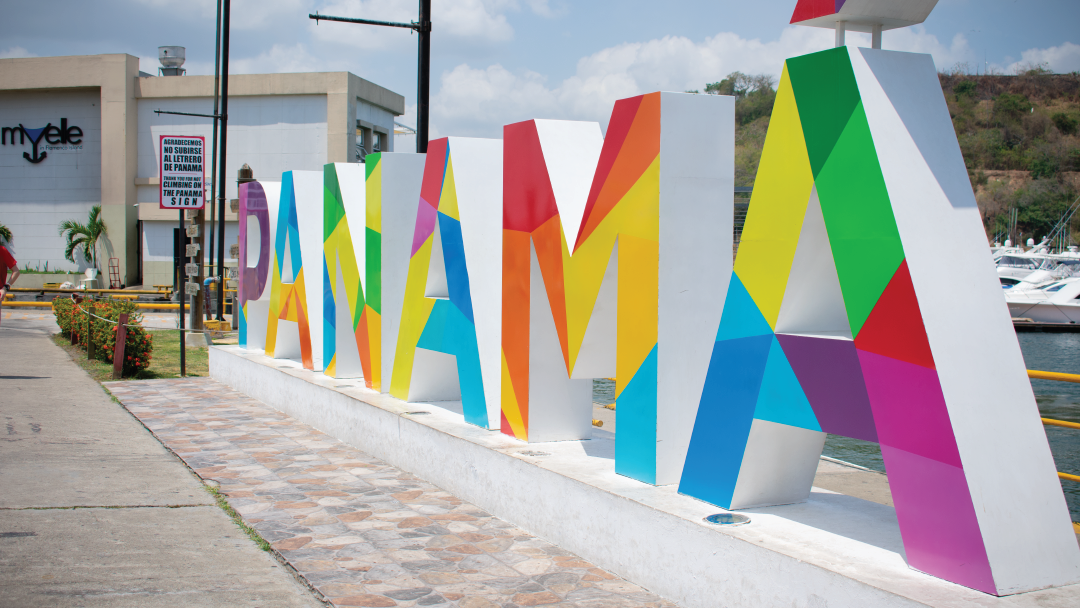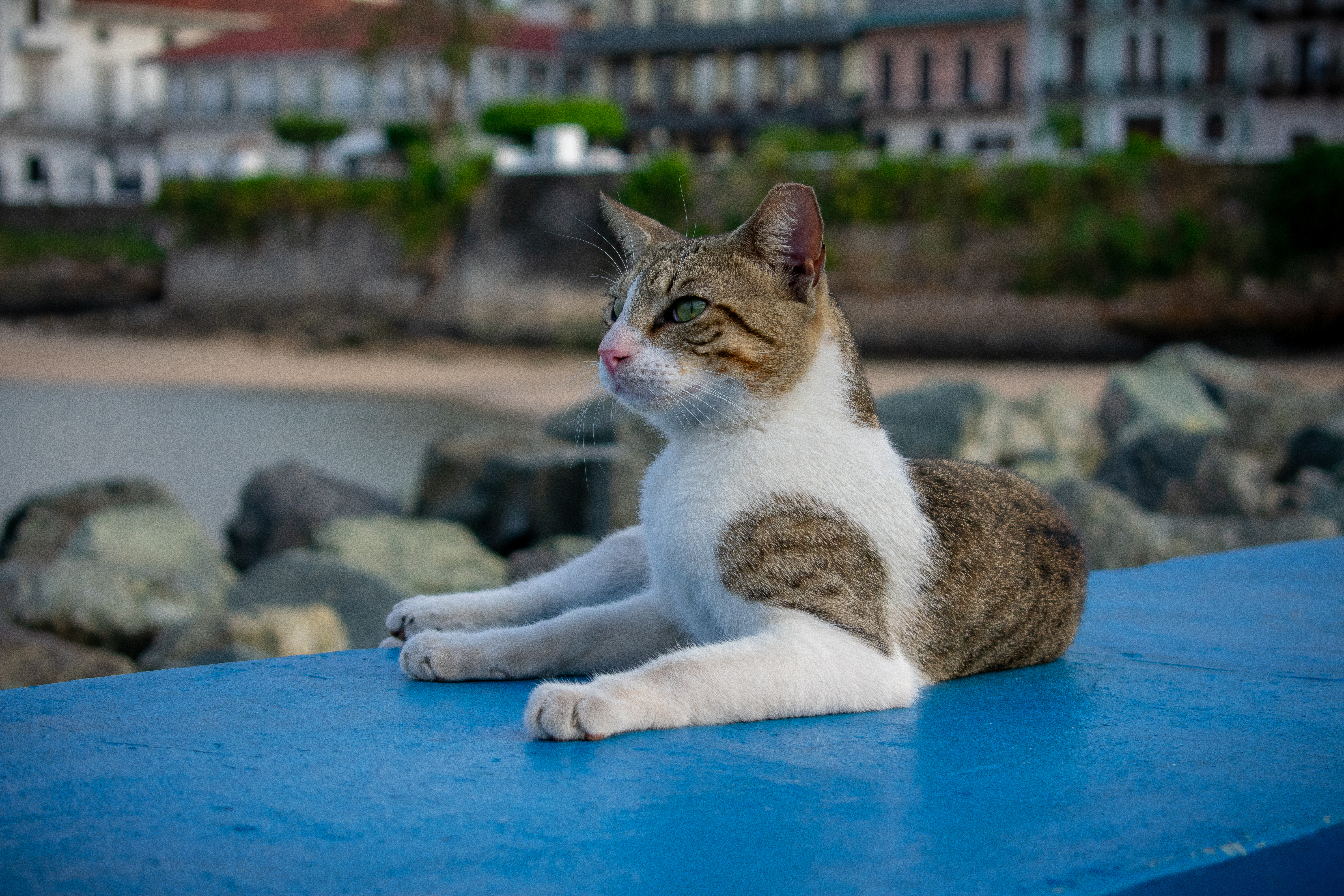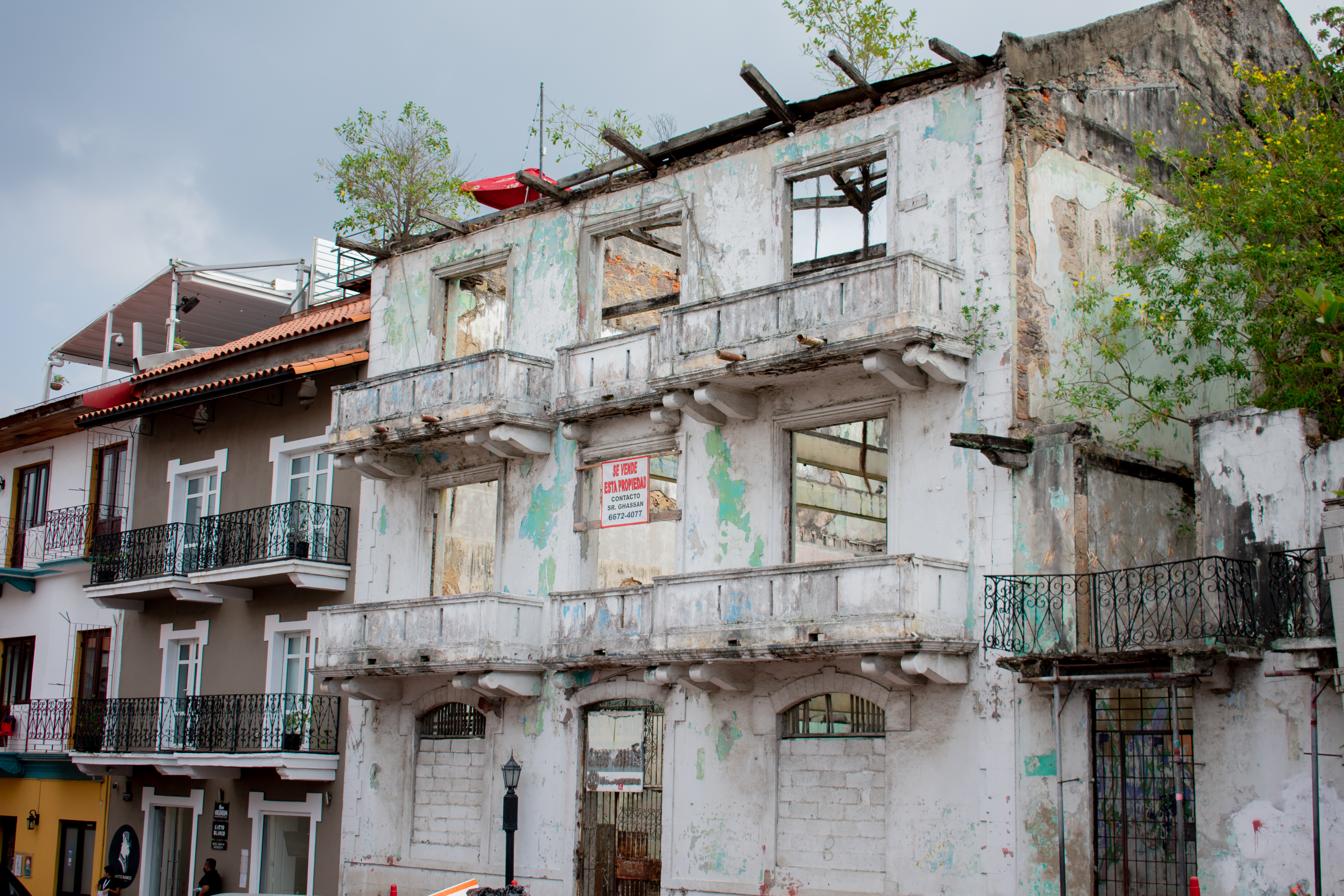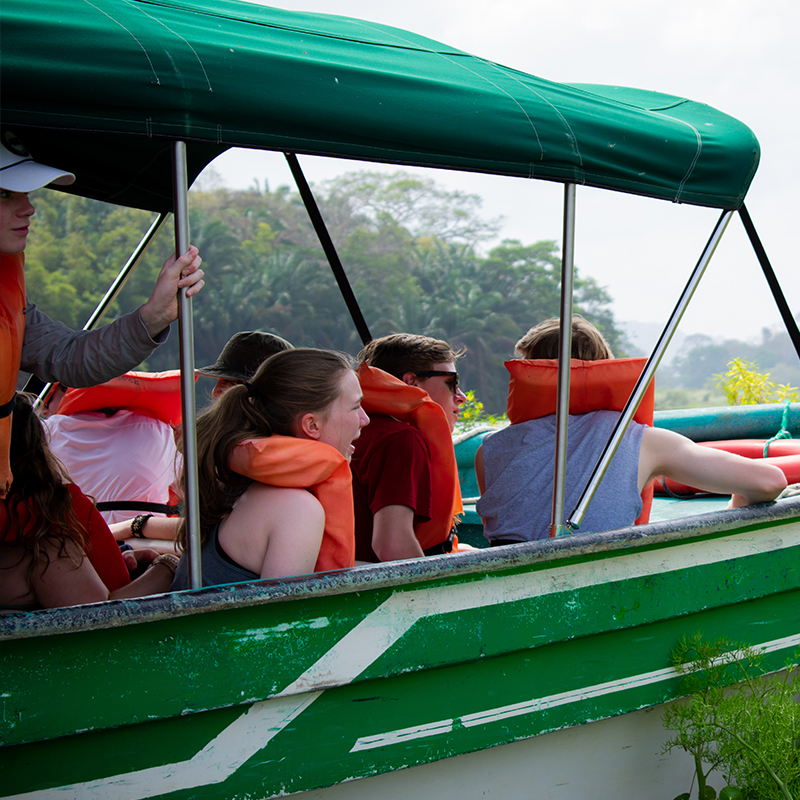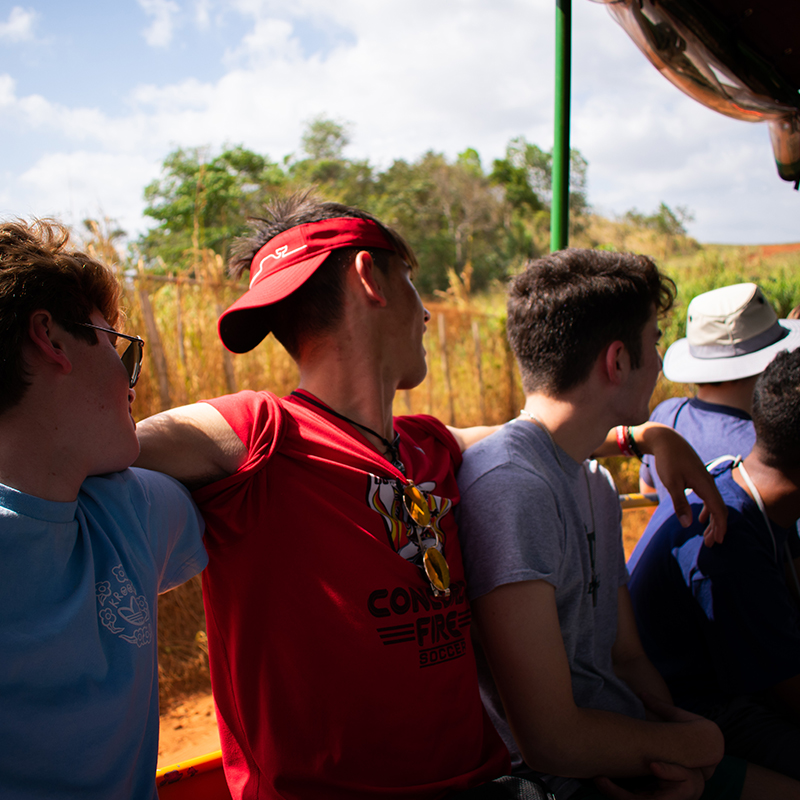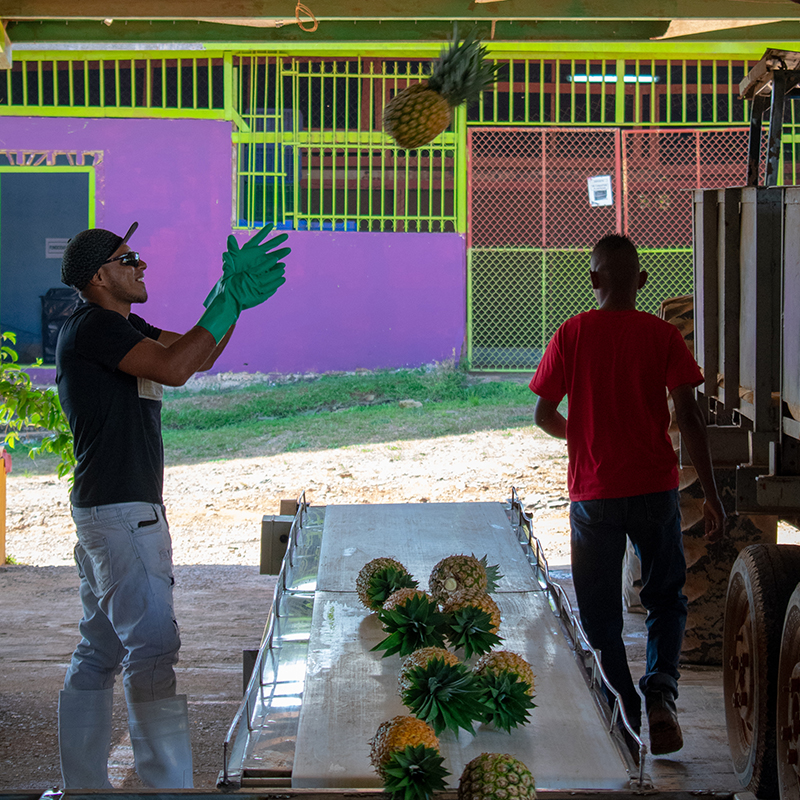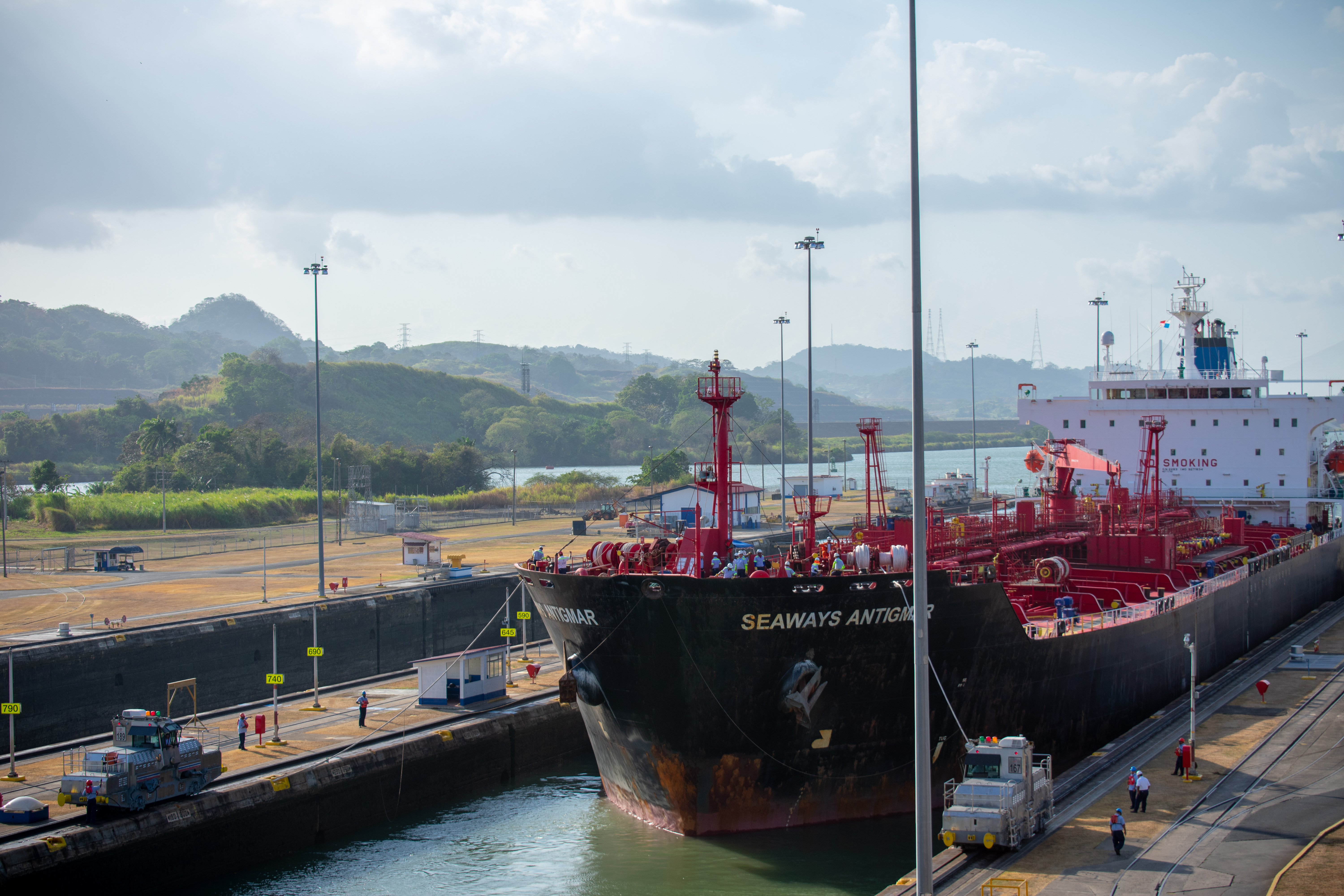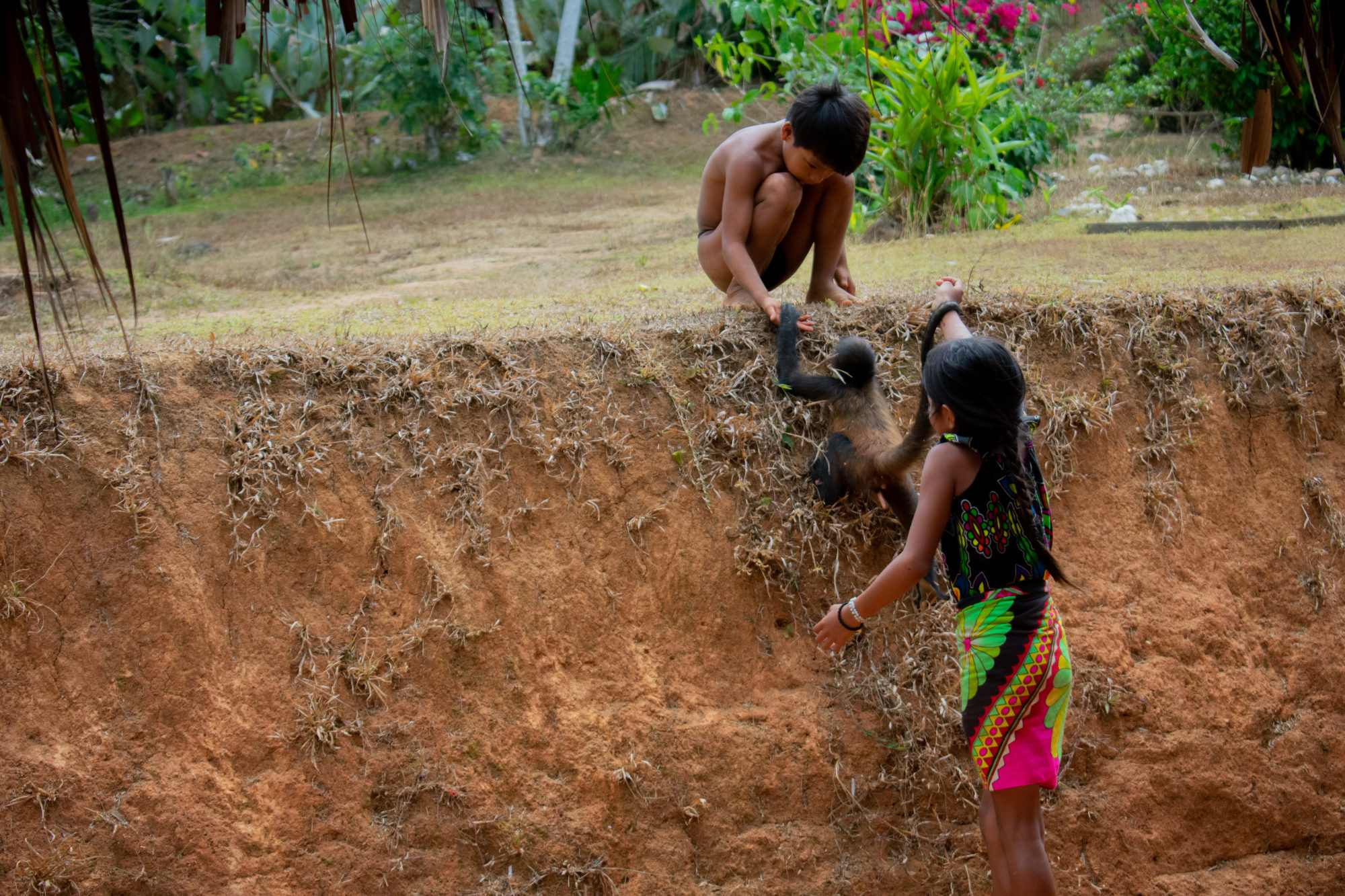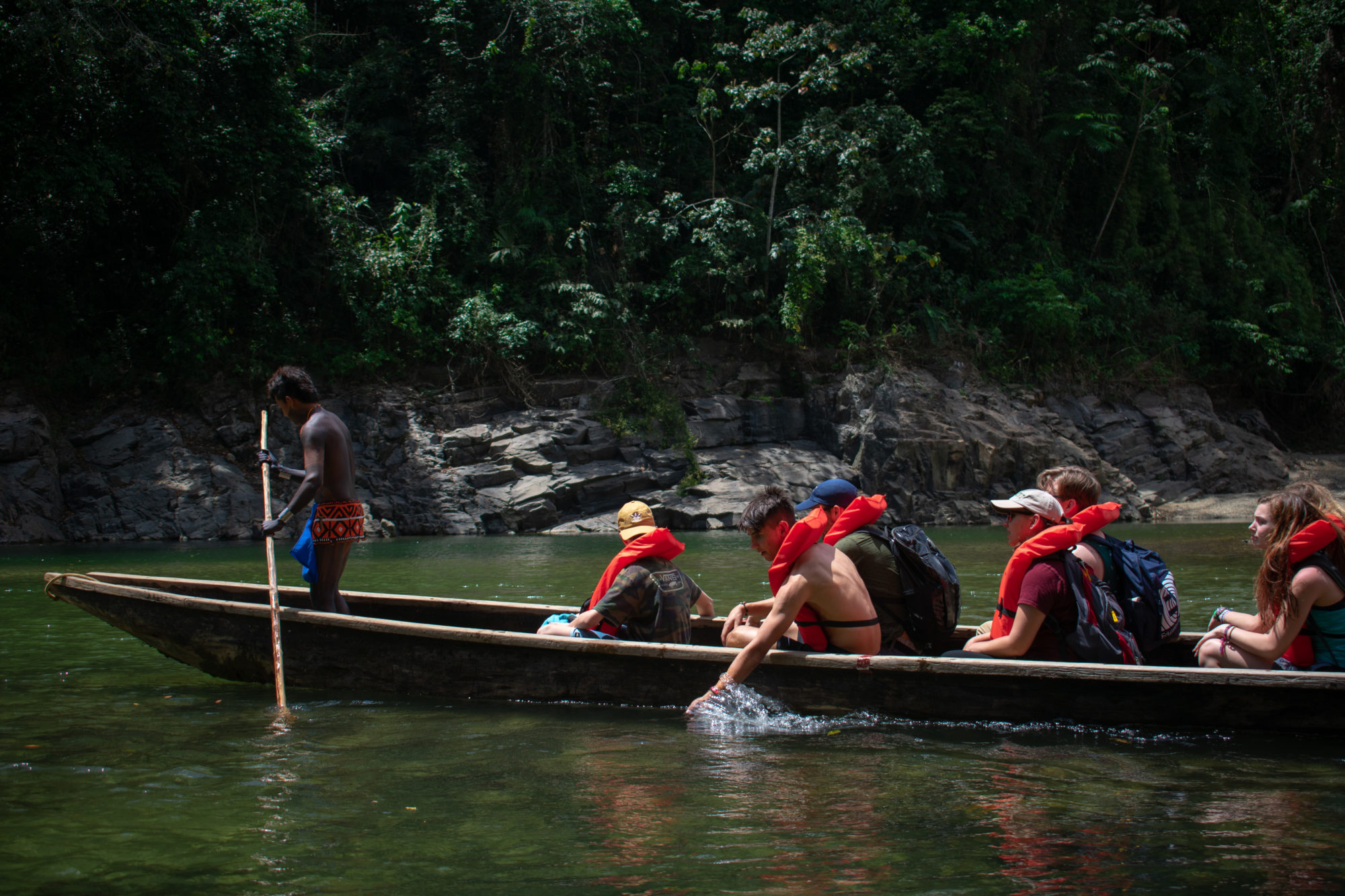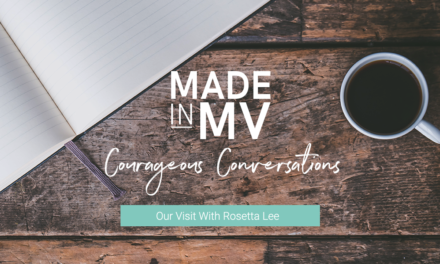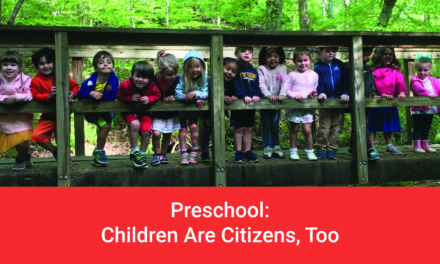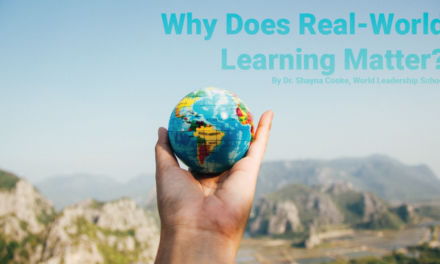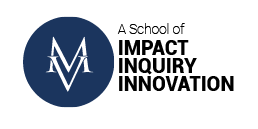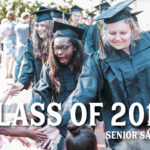Every year I find myself looking forward to Interim Week. As a community, we are able to try new things, travel to new places, and step outside of our comfort zones. This year, six small groups traveled outside of the country to Greece, Israel, England, South Africa, Thailand, and Panama. Students who decided to stay in Atlanta got to experience new parts of their hometown by exploring the CNN headquarters and touring SCAD, as well as staying at school and creating original artworks. French and Spanish students who participated in the cultural exchange began their month long expedition and made connections with students from across the world.
PANAMA
Interim 2019A photo essay by Eleanor Maddera, Class of 2021
I traveled to Panama with 23 other students along with 4 chaperones. We visited astounding sites like Panama Viejo, Biomuseo, Metropolitan National Park, La Dona Pineapple Farm, Miraflores Locks, and the Portobello Ruins. We were able to learn about Panamanian culture by interacting with the locals and immersing ourselves in their lifestyle: for example, we learned folklore dances, harvested pineapples, and saw beautiful flora and fauna. However, my favorite part of the adventure was our day spent with the Embera tribe.
DAY 1: EXPLORE
Panama Viejo and Panama City“Who used to occupy this space? What kind of memories were made here?”
One of the first things that I noticed when we traveled to the city was the abundance of cats. They would relax in the sun or under cars, making it difficult for motorists to leave. This cat, however, had found a tranquil spot in front of the city landscape, and was unfazed by the tourists who stopped to take pictures of her!
On our first day, we traveled to Panama Viejo — the old city. We bonded as a group as we explored the ruins and learned about the first settlement on the isthmus that would become Panama City. From the top of the ruins, you could see that we were surrounded by the contemporary skyrise of the city.
This small oasis of history was in the heart of modern-day civilization; the past encompassed by the present.
We also visited Casco Viejo, and seeing as it was filled with one-way, narrow streets, the bus had to drop us off a few blocks from the center. Out of all of the beautiful architecture and buildings we saw there, this one was particularly captivating. It had begun as any other building, but it had been reinvented over time. It was intriguing and I was left to wonder the history of the building: Who used to occupy this space? What kind of memories were made here?
Day 2 : Listen
On the second day, we took a boat tour of the Panama Canal and Gatun Lake. We saw monkeys and sloths — animals that we had never seen before in the wild. We learned about the environment and the effects of tourism on the habitat.
Tourists and tour guides would attempt to draw out monkeys by enticing them with food — most of which the monkeys would never find in their natural habitat. Whenever we saw something like this, our tour guide would point out the importance of not disrupting the animals’ regular routine and eating habits.
Day 3: Discover
When we visited the pineapple farm, we all crowded onto a tiny bus. Since there was not enough room for everyone to sit on the sides, some of us sat on stools in the middle. Every time the bus turned or went up a hill, we had to hold on to each other to avoid sliding around or falling over.
Throughout the tour, we would get off of the bus and try all of the different types of fruit they harvested there. They told us how they grew avocados, mangoes, starfruit, passion fruit, and sugarcane. They cut open recently harvested passion fruit in front of us and we ate the seeds that were inside. We even got to harvest our own pineapples and take them with us!
Day 4:
learn
On our fourth day, we visited one of the many locks of the Panama Canal — the Miraflores Locks. We were able to watch boats travel through the canal and learn about the history of the canal (and America’s involvement). We even got to stand on the platform near the boats — an honor usually reserved for celebrities or politicians.
Day 5:
Connect
One of the highlights of the trip was having the opportunity to visit the Embera Tribe — one of Panama’s indigenous tribes. We couldn’t take the bus to get there, so we all climbed into two canoes. At one point, the river got too shallow and the boat got stuck. We jumped out into the cool water and began to push until we were free and could continue on our way.
Once we reached the tribe, I was surprised to see the children playing with a young monkey. They would pick him up and he would wrap his tail around them and hang from their arms.
The children were so excited to see us. The tourists that usually visited were adults and never wanted to play with them. Even though there was a language barrier, we managed to communicate enough to play tag. Tag turned into soccer, and when it was time to leave, no one wanted to go.
Day 6:
Travelers, not tourists
At the end of our final day, we visited Portobello Ruins. But before we did, we stopped at a small market just outside. There were a few stalls that sold kuna, a traditional fabric that would be sewn into women’s clothing — the rectangular cloth in the photo.
Throughout our journey through Panama, we were told to be travelers, not tourists. We learned about the culture and met amazing people who told us about their lifestyles. We were able to learn just how different their lives were, but also how similar they were to ours.
Panama Trip Video
Filmed by Thomas Followill, class of 2021

